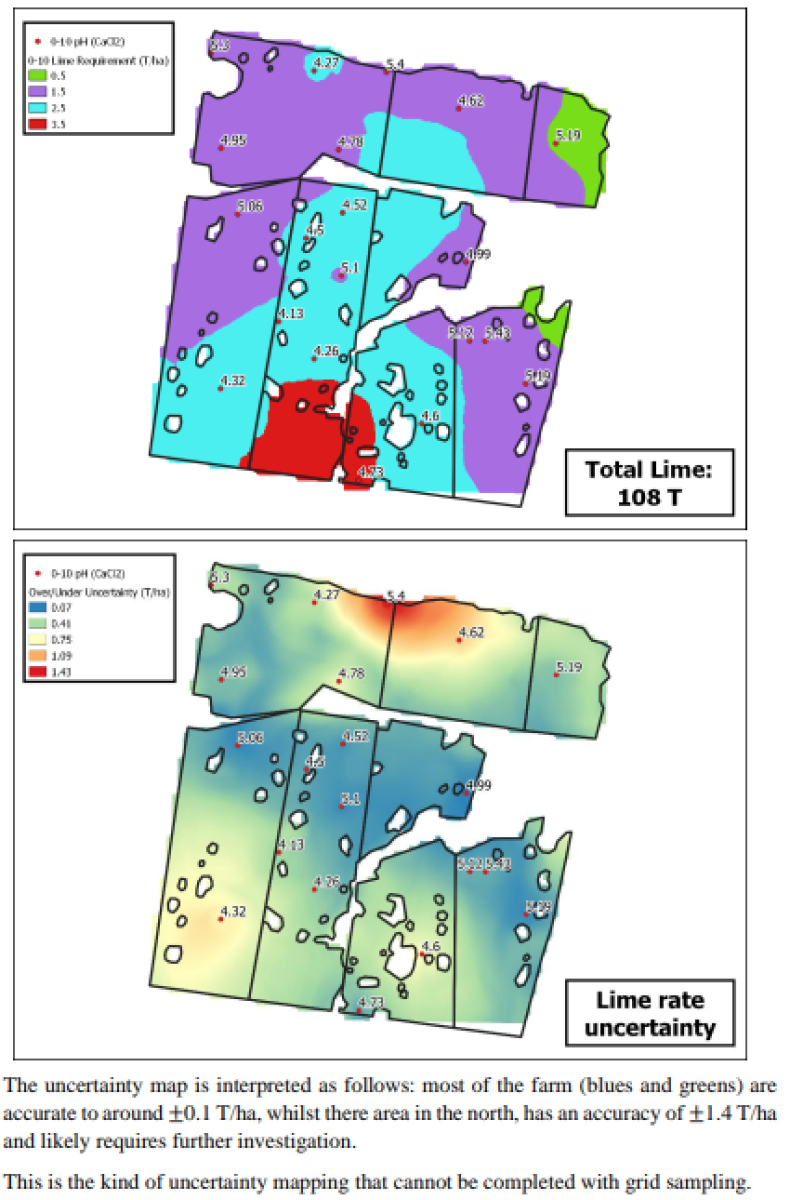Week 3 - Long-term Soil Amelioration Strategies
Addressing soil constraints requires tailored amelioration strategies. For acidic soils, liming is an effective solution. Lime applications neutralise soil acidity, increasing pH levels and enhancing nutrient availability. Studies have shown that liming acidic soils can increase crop yields by up to 50%, highlighting its importance for maintaining soil health and productivity. Regular soil testing is crucial to determine lime requirements and monitor pH levels.
Compacted soils benefit from deep ripping and controlled traffic farming. Deep ripping involves breaking up compacted layers, improving root penetration and water infiltration. Controlled traffic farming reduces soil compaction by confining heavy machinery to specific lanes, preserving soil structure in the rest of the field. Implementing these practices can significantly enhance soil health and crop performance.
Salinity management focuses on improving drainage and using salt-tolerant crops. Enhancing drainage helps in leaching excess salts from the root zone, reducing their detrimental effects on plant growth. Selecting salt-tolerant crops ensures better performance in saline conditions, minimising yield losses. Additionally, applying soil amendments like gypsum can improve soil structure, facilitating better water movement and salt leaching.
Sodic soils require amendments to improve soil structure and reduce dispersion. Gypsum is commonly used to replace sodium ions with calcium ions, enhancing soil aggregation and permeability. Improving drainage and adopting soil conservation practices like cover cropping and mulching also help in managing sodicity. These practices promote better root growth, water infiltration, and overall soil health, ensuring sustainable agricultural productivity.
OptiSoil has developed a number of inhouse methods that can help determine the outcome of amelioration strategies. By using actual field soil and actual supplied ameliorant OptiSoil can simulate rates of applied materials and measure responses in the lab that can be correlated to infield conditions. These tests can reduce the risk of over and under application saving time and giving the best chance for success.


